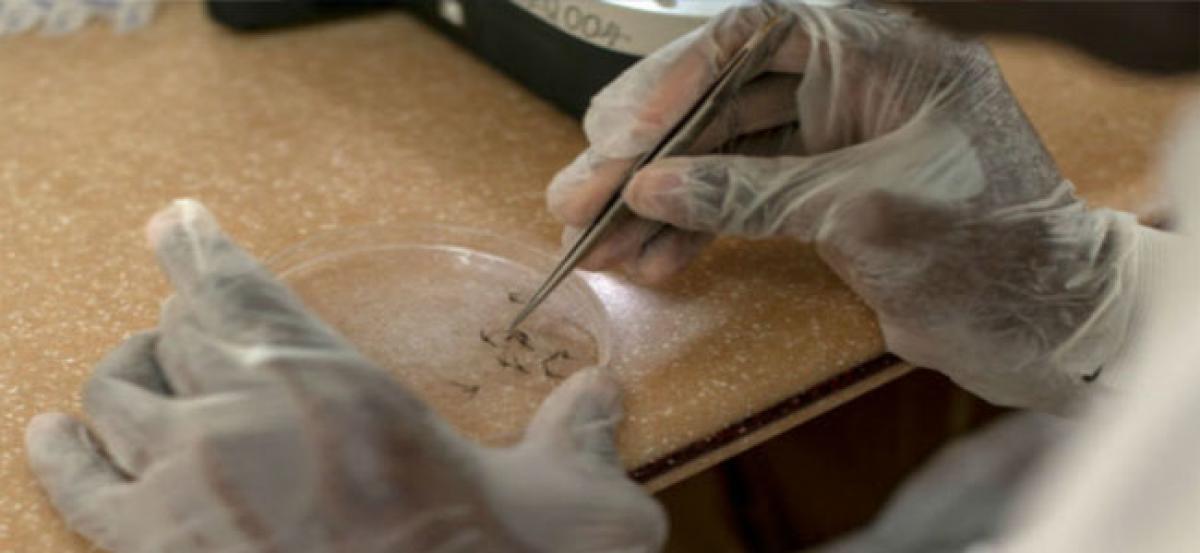Live
- Writ in HC seeking disqualification of BRS MLAs Venkata Rao Tellam, Kadiyam Srihari
- PM Modi Criticizes Congress Over Muslim Inclusion In Karnataka's OBC List
- Danam’s family owns total assets worth about Rs 58 cr
- DCA seizes medicines with misleading advertisements
- Naveen unveils BJD roadmap to make Odisha No.1 State
- Social media posts influence over 50% youngsters in city
- KCR is mentally imbalanced
- SWG pipe industry on verge of closure: State SWG pipe industry stares at grim future as orders dry up
- Visakhapatnam: YSRCP candidates file nominations amid fanfare
- Congress party finalises Lok Sabha candidates in AP, Telangana









